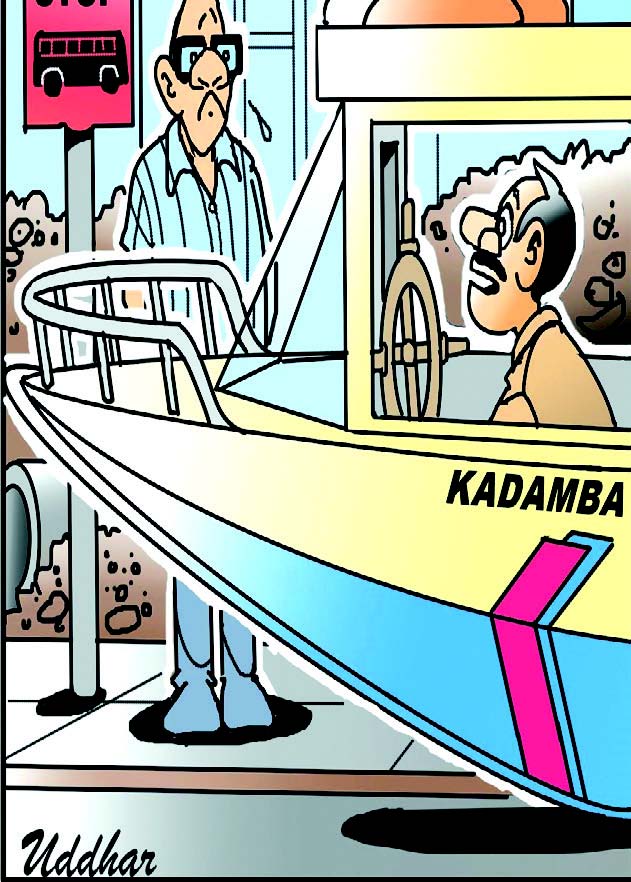Unemployment is a serious issue which has always challenged India’s progress. As the most populous and diverse country in the world, the fluctuations in the unemployment rate impacts the country’s growth in the long run. The recent National Sample Survey shows that the unemployment rate from January to March of 2023 in urban areas for persons aged above 15 was 6.8%, which was 8.2% a year ago. However, it seems that instead of drafting effective policies which would promote sustainable jobs and safeguard the country’s future growth, the focus is on announcing mega projects which are worth millions. As per the economic experts, this is a roadblock for the country which is aiming to become the world’s third largest economic superpower.
The country’s unemployment rate which was 8.7% last December dropped to 6.8% this January, as per the data published by Centre for Monitoring Indian Economy, an independent think-tank. This drop of 1.9% has led to the lowest unemployment rate in the last 16 months. However, there has been a rise in the unemployment rate in the age group of 20 to 30 years during the quarter October-December, 2023. The rate within the age group of 20 to 24 stood at 44.49% during the same period, which was 43.6% during the previous quarter. Similarly, the unemployment rate in the 25-29 age group rose to 14.33%, which was at 13.35% during the preceding quarter.
The economic situation has seen significant changes due to recent weather samples. As rains impact nearly a half of the land under cultivation, the expectations are at a high regarding high-quality produce. While looking at the important economic factors in the country, it is evident that some of the incidents have significantly affected the unemployment rate. The great recession of 2008 negatively impacted India’s economic growth, which slowed down the country’s progress while the employment opportunities also declined. The government’s decision to demonetise currency notes with high denominations in 2016 also created many financial troubles especially for unorganised sectors. The intention behind Goods and Services Tax (GST), which was implemented in 2017, was to ease the tax structure; however, it had an adverse effect on the economy initially, which again affected businesses and employment opportunities. This was soon followed by the Covid-19 pandemic and subsequent lockdown which arguably had the most devastating impact on the country’s economy.
The country has also been battling high inflation over the last few years which has had an obvious impact on the economy. High inflation rates can reduce the purchasing power and leads to decrease in demand of goods and services. This can trigger a negative effect on privately owned businesses where cost cutting measures are taken, including layoffs and recruitment freeze. In an interview, RBI’s former governor and universally acclaimed finance expert Raghuram Rajan explained the discrepancy between the country’s current economic state and the statistics provided by the Indian government. He also warned that the country will have to face severe economic repercussions if the right measures are not immediately taken. Rajan stated that the country is committing a huge mistake by depending on the exaggerated economic growth rate. According to the former RBI governor, the country must resolve its structural problems to strengthen and safeguard its future growth. Although the implementation of basic facilities have been strong, the country’s economy still requires to be further liberalised. However, it is of concern that India is yet to develop its human capital.
Even though the pandemic is well behind us, many school students did not go back to schools in many States. There has been no investment in those children and the malnourishment still stands at 35%, which is higher than many Sub-Sahara African countries. As per Rajan, selective statistics do not show the entire picture. While the growth rate shows that the country is growing at the rate of around 7%, which is 4-5% more than it was during the pandemic, the unemployment rate paints a different picture. For example, 1.20 crore citizens have applied for jobs in Railways. This means that the country is having mixed fortunes. The former RBI governor says that good things are indeed happening, but the overall picture is not all rosy.
India cannot utilise its young population without education and skills. More than half of the country’s 1.4 billion population is below 30 years of age. Now, the onus is upon the political leaders and rulers to not mislead the common public with exaggerated claims.
